Month: May 2021
I SET TO WORK LIKE MANY OTHERS, AND SINCE THAT TIME I HAVE NOT STOPPED THINKING
ABOUT OR PRACTICING THIS NEW ART FORM.
Louis Alphonse Poitevin
“JE ME MIS Á L’ŒUVRE COMME TANT D’AUTRES, ET, DEPUIS CETTE ÉPOQUE, JE N’AI PAS CESSÉ, SOIT D’IMAGINATION, SOIT MANUELLEMENT, DE M’OCCUPER DU NOUVEL ART.”
“I SET TO WORK LIKE MANY OTHERS, AND SINCE THAT TIME I HAVE NOT STOPPED THINKING ABOUT OR PRACTICING THIS NEW ART FORM.”
Alphonse Poitevin (1819-1882) was a chemical engineer who spent 35 years experimenting with photographic chemistry and photomechanical printing. A pioneer of photography’s earliest days, his first images were created with the techniques of his immediate predecessors: daguerreotypes, paper negatives and salted paper prints. However, as a chemist, he was also an inquisitive inventor eager to discover new photographic and photomechanical methods.
Today, Poitevin is remembered most for establishing the fundamental principles of four non-silver process families: photolithography, collotype, dichromate relief system, and the carbon pigment process. His inventions refined existing techniques and made the mechanical reproducation of images and thus, the illustration of printed books, possible.
Photolithograph, 1856 – 1857
Poitevin was the first to coat a lithographic stone with an albumen layer that had been rendered light-sensitive with dichromate salts. Following exposure to a negative, the entire surface was coated in printer’s ink, then washed in water, with the effect that the unexposed, and therefore unhardened areas would absorb water and cause the greasy ink to detach, whereas the ink remained attached to the surface in the exposed, hardened areas. After drying, the stone could be used for producing multiple lithographic prints in the usual manner.
Salted paper process, used by Poitevin ca. 1840 – 1850
Invented by William Henry Fox Talbot in 1840, this positive print process quickly gained popularity in England and France. A sheet of good-quality writing paper was dipped into a table salt solution, dried, then brushed over with silver nitrate dissolved in water. As a result, light-sensitive silver chloride was formed in the paper fibres, and images could be printed out on the sheet. The print was typically fixed with a solution of sodium thiosulfate and often toned with a gold chloride solution to change the image hue from reddish brown to deep purple. Although toning also increased the stability of the print, salted paper prints have always been prone to discolouration and fading.
Albumen process, used by Poitevin ca. 1847 – 1855
The albumen print was the prevalent photographic paper from the 1850s until the 1890s. A thin sheet of paper was floated on a bath of egg white (albumen) that contained salts. It was then made light-sensitive with a solution of silver nitrate. The albumen formed a discrete layer on the paper surface, which gave the print a distinct gloss and a crisper and more saturated image than a salted paper print. Albumen prints were almost always gold-toned to enrich contrast and colour and to increase image stability.
Pigment process with ferric chloride and tartaric acid, single or double transfer, 1861 – 1868
Rendering midtones in a pigment print can only be achieved with a transfer step, so Poitevin’s second procédé au charbon was more complex. Poitevin also chose a different light-sensitive substance: ferric chloride and tartaric acid. This mixture was applied to a sheet of glass, then dried and exposed to a negative in sunlight, which rendered only the exposed areas slightly sticky. Pigment powder could then be padded onto the surface, where it adhered, thereby forming a visible image. For a single-transfer print, collodion was poured onto the plate, then transferred – image and all – to a sheet of paper, resulting in a mirrored final image. To remedy this situation, a subsequent second transfer could be performed, bringing the collodion film holding the image to yet another sheet of paper. Differentiating between the single and the doble transfer prints today can be challenging, since the orientation of the original negative is not known.
Sources:
Martin Jürgens, “The Photographic and Photomechanical Explorations of Alphonse Poitevin”, in: Daniel Blau (ed.), “Louis Alphonse Poitevin 1819-1882”, Hirmer Publishers, Munich 2021, p. 7-9
Martin Jürgens, “Biography”, in: Daniel Blau (ed.), “Louis Alphonse Poitevin 1819-1882”, Hirmer Publishers, Munich 2021, p. 79
Martin Jürgens, “Index to Plates”, in: Daniel Blau (ed.), “Louis Alphonse Poitevin 1819-1882”, Hirmer Publishers, Munich 2021, p. 52, 57, 64, 72
Publication “Louis Alphonse Poitevin”Order your copy of our latest publication here
All photographs are available for purchase. Prices upon request. For further information please send an email to: contact@danielblau.com
All offers are noncommital. We cannot guarantee the items are still available on request.
Other Diversions
Guided Tour: Rijksmuseum 'The Best of the Gallery of Honour' Paulo Coelho: The Alchemist Paulo Coelho: The Alchemist Audiobook Photolithography - Step by Step Salt Prints at Harvard University
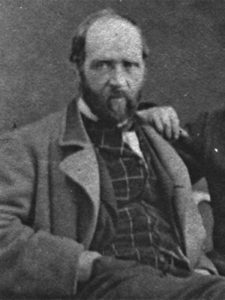
DANIEL BLAU | Photo Competition “3 under 30“ until June 14th 2021
Open Call for Entries extended until July 1st, 2021
Following on the success of last year’s 3 Under 30 competition, which attracted numerous submissions from artists around the world. DANIEL BLAU is pleased to announce the return of this prestigious competition for young photographers.This is a unique opportunity to gain recognition through an internationally renowned gallery.Three photographers will be selected based on the strengths of a submitted portfolio and accompanying statement.
The three winners will be exhibited in a group show organised and publicised by DANIEL BLAU.
The exhibition will take place in Paris in November 2021 as part of the Photo-St-Germain festival.The competition is open to submissions from May 1st – June 14th, 2021.
Applicants will complete a short application followed by a postal submission of photographs.
All photographers aged 29 and under on the competition closing date of June 14th, 2021are eligible to apply.
The winners will be announced on August 15th, 2021.
Submission Form

Glaciers are among the most beautiful natural wonders on Earth.
Traveling by Autochrome
Glaciers are among the most beautiful natural wonders on Earth. For most of us, though, they also remain deeply unknown and misunderstood. Glacial ice has shaped the landscape over millions of years by scouring away rocks, transporting and depositing debris far from its source. Glacial meltwater drives turbines and irrigates deserts, yielding mineral-rich soils and leaving us a wealth of valuable sand and gravel. Our future is bound up closely, if indirectly, with the future of glaciers, and with the impact of their fate on our global climate and sea levels.
In 1914, a world’s fair was held in south of France – the Exposition international urbaine de Lyon.
The site of the fair sprawled across 184 acres of Lyon’s 7th arrondissement, including the grand Garnier exhibition hall, an imitation alpine village, a horticultural garden, a dedicated pavilion for the city’s famous silk industry, and international pavilions for both foreign nations and France’s overseas colonies. The last day was scheduled for November 1st, but history intervened. The outbreak of World War I forced the closure of the Austrian and German pavilions on August 2nd, and many of the fair’s other delegations left soon afterwards. The Exposition managed to remain open until November, as planned; by the time it officially ended, though, much of the once-proud fairgrounds had been empty for weeks.
Sources:
Sources:
Michael Hambrey, Jürg Alean, “Glaciers”, Cambridge University Press 2004.
Exposition international urbaine de Lyon
All photographs are available for purchase. Prices upon request. For further information please send an email to: contact@danielblau.com
All offers are noncommital. We cannot guarantee the items are still available on request.
Other Diversions
Before/after comparison photo of Rhone glacier (Valais, Swiss Alps) The Sound of a Glacier Guided Tour: Autochromes Franklin Knott All Episodes of 'Our Planet' with David Attenborough (Netflix) Lewis Dartnell: Origins Ben Day Dots defined
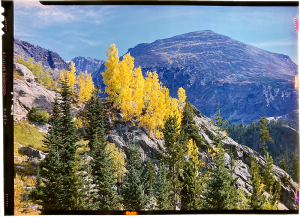





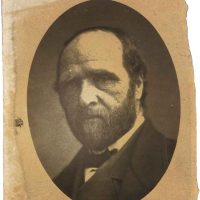
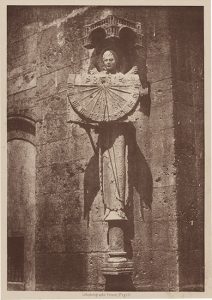
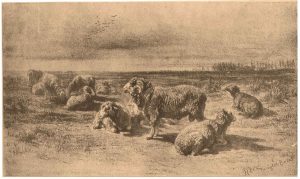
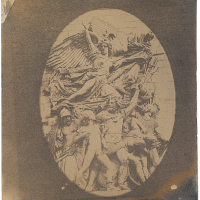

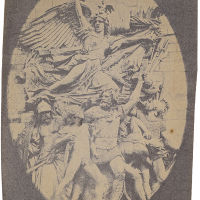

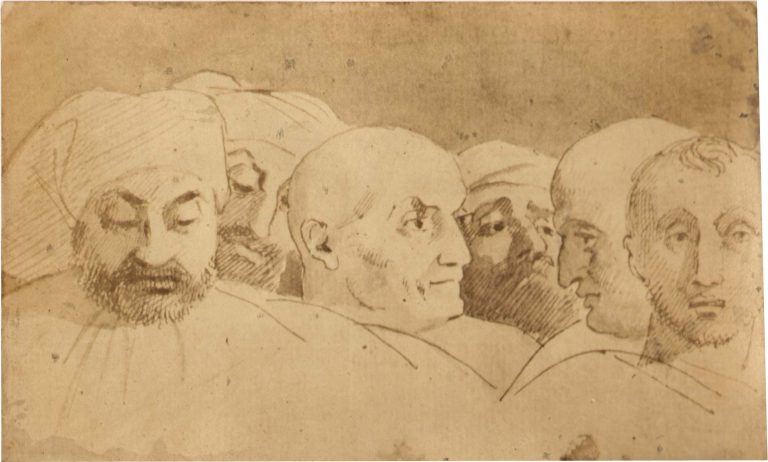

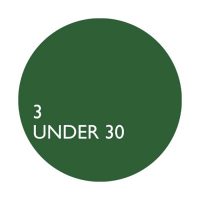
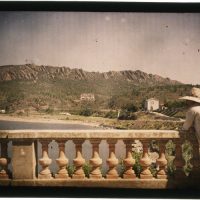



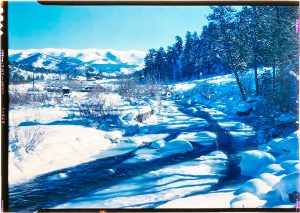

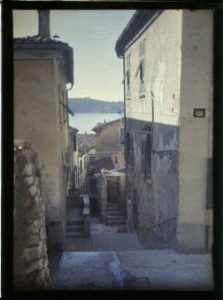
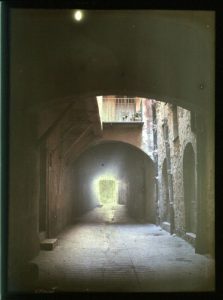



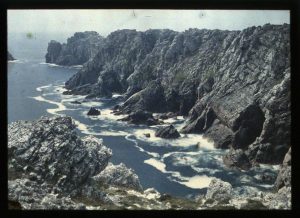
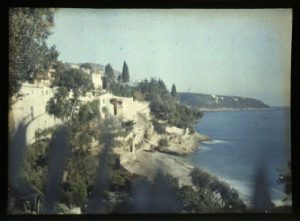
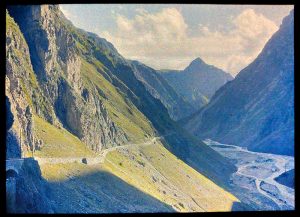
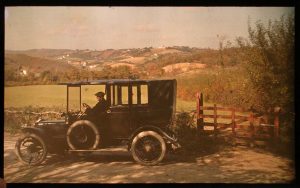
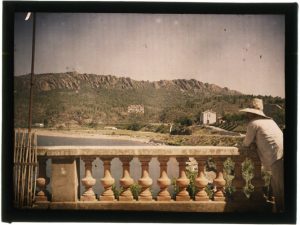
 +49 89 29 73 42
+49 89 29 73 42